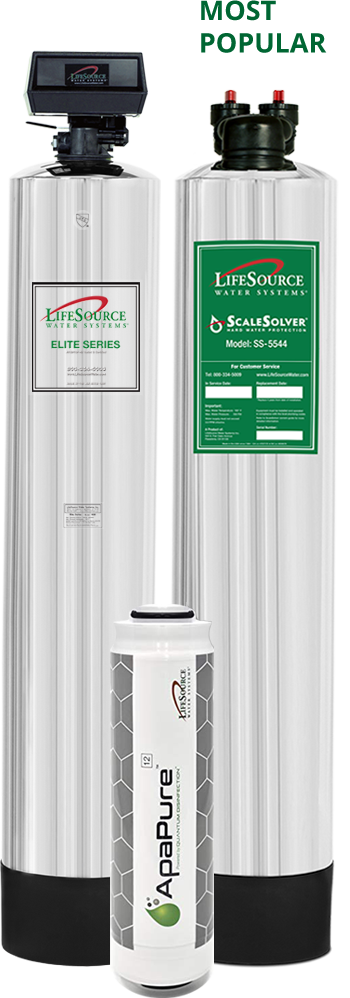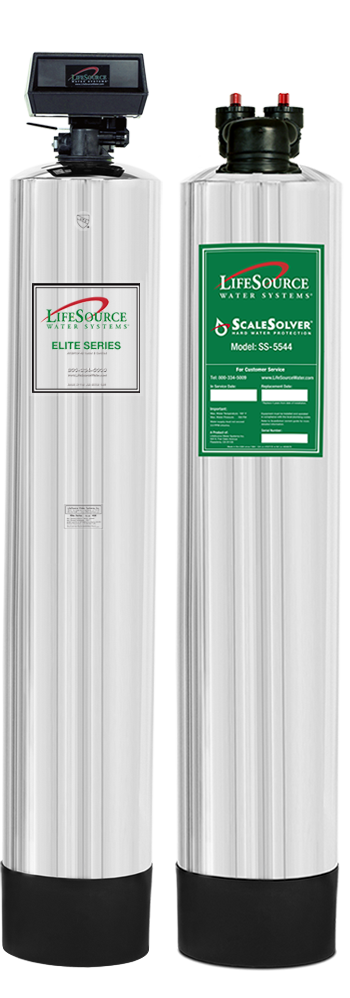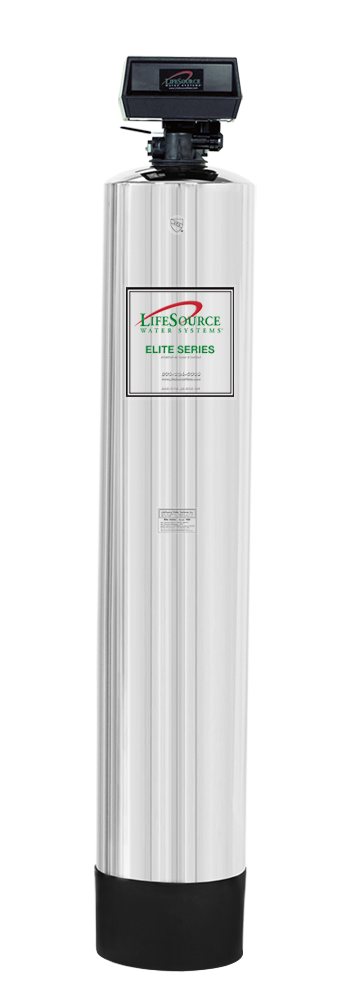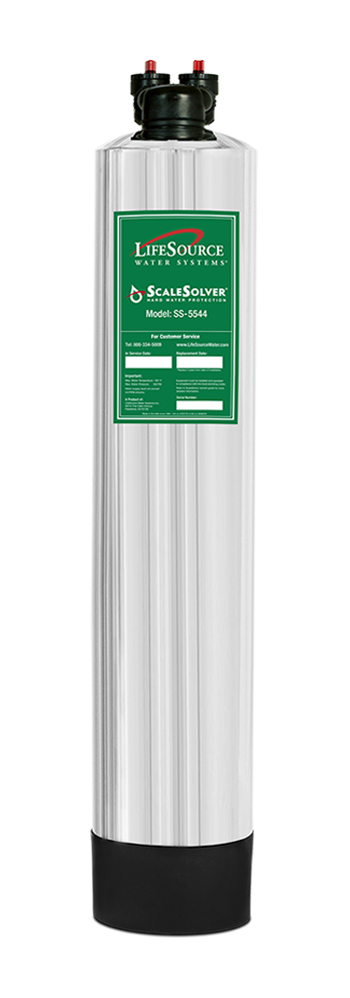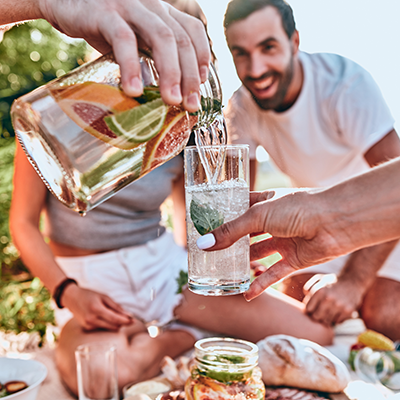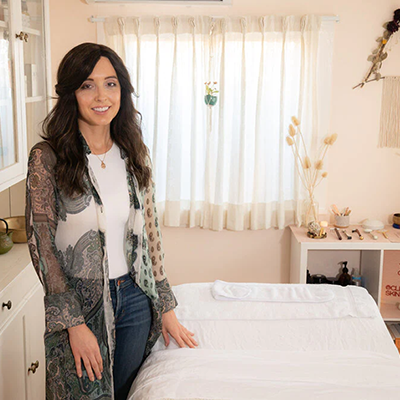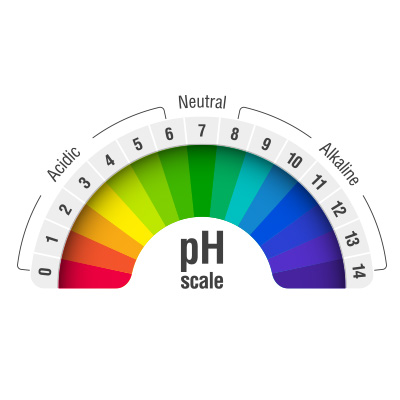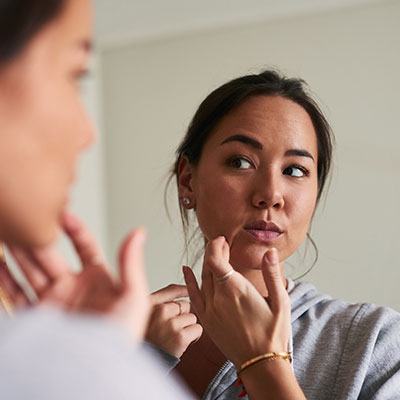
Beat the Heat: How to Stay Cool In a Heat Wave
Learn Hydration Tips, Heat Stroke Symptoms, And More
About a quarter of the U.S. is under a heat advisory, according to the National Weather Service. That translates to more than 70 million people across the country experiencing dangerous levels of heat. More lives are claimed by heat each year than hurricanes, tornadoes, or wildfires. Follow these tips on how to stay safe and hydrated during a heat wave.
Heat waves, caused by CO2 buildup and climate change, disrupt the environment and pose a serious risk to human health. The trapped heat, or CO2 buildup, emits infrared energy, half of which returns to Earth as heat.
Climate Central, a nonprofit organization focused on climate issues, reports that the combustion of fossil fuels and the resulting warming of the Earth's atmosphere has increased the likelihood of extreme heat waves by at least fivefold.
What Temperature Is Considered A Heat Wave?
Heat waves are typically above 90 degrees and are characterized by extended periods of abnormally high temperatures.
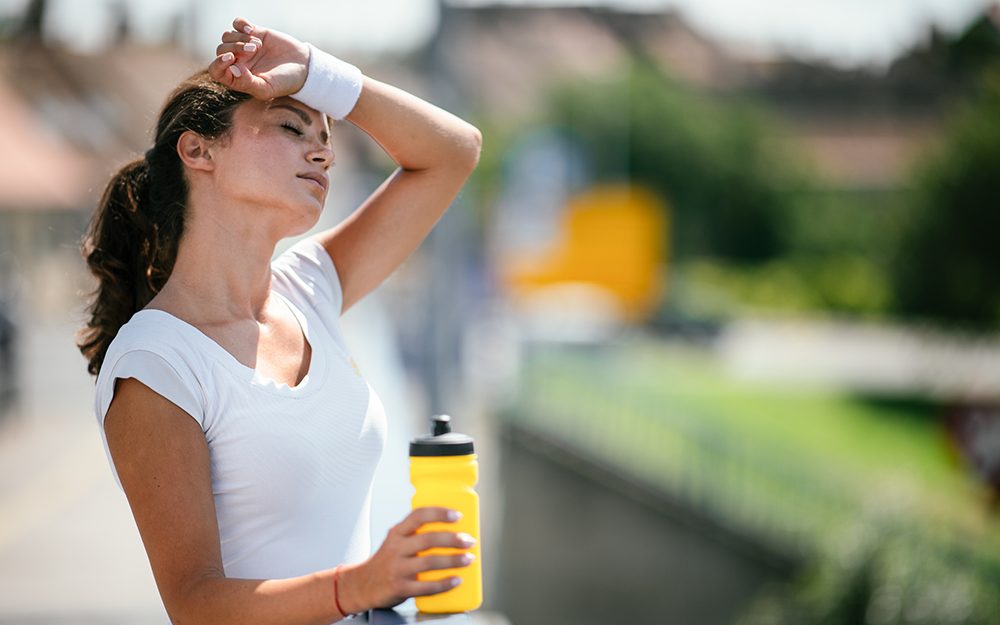
What Are the Threats of a Heat Wave?
Extreme temperatures can trigger heat-related illnesses within minutes, especially for those engaging in strenuous outdoor activities. Heat exhaustion, characterized by heavy sweating, muscle cramps, fatigue, and dizziness, requires immediate attention.
Who’s at Risk of Heat Stroke?
People aged 65 and older, pregnant women, children younger than two, outdoor athletes, and those with chronic diseases, preexisting conditions, and mental illness.
Signs of Heat Exhaustion Include:
Heavy sweating
Cold, pale, clammy skin
Fast, weak pulse
Nausea or vomiting
Muscle cramps
Fatigue
Dizziness, headaches, or fainting
If you notice these symptoms, take small sips of water, relocate to a cooler spot if available, loosen your clothing, and consider a cool bath or applying wet cloths to your body.
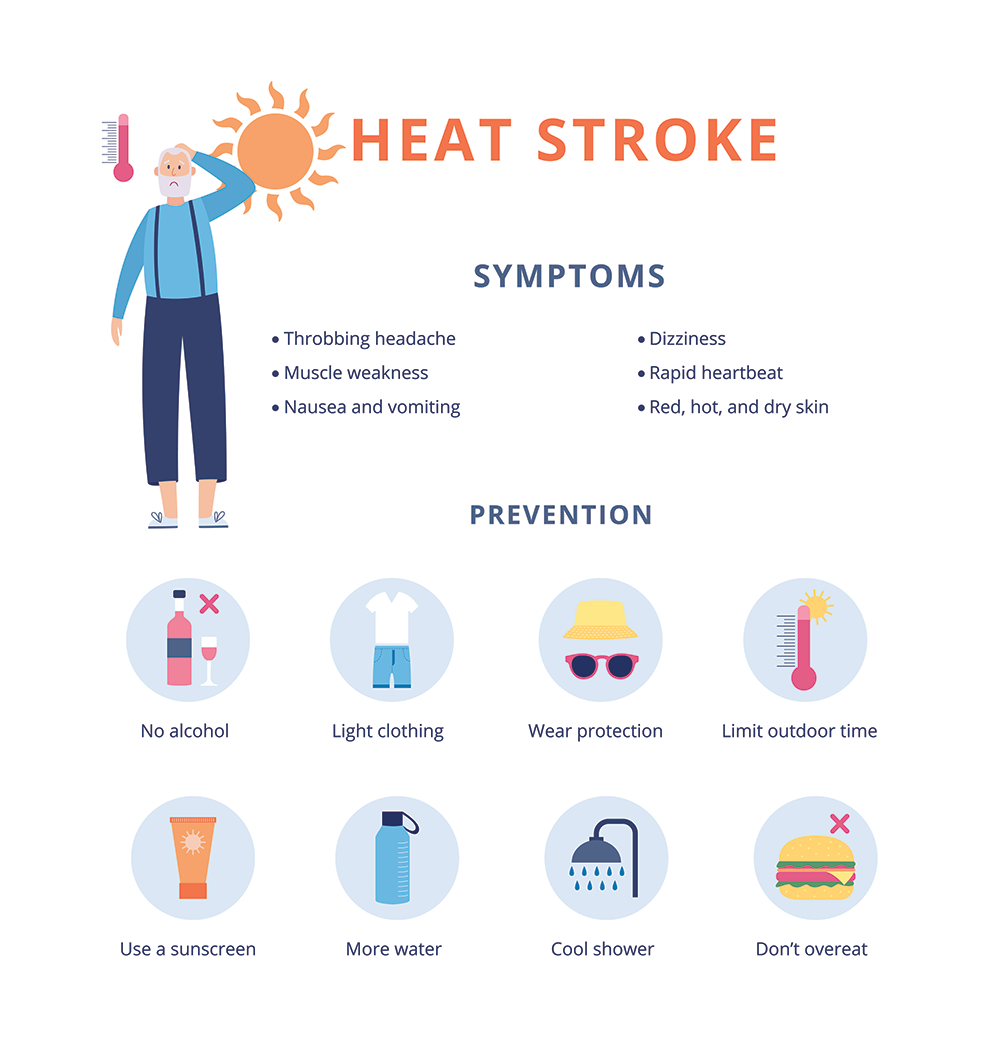
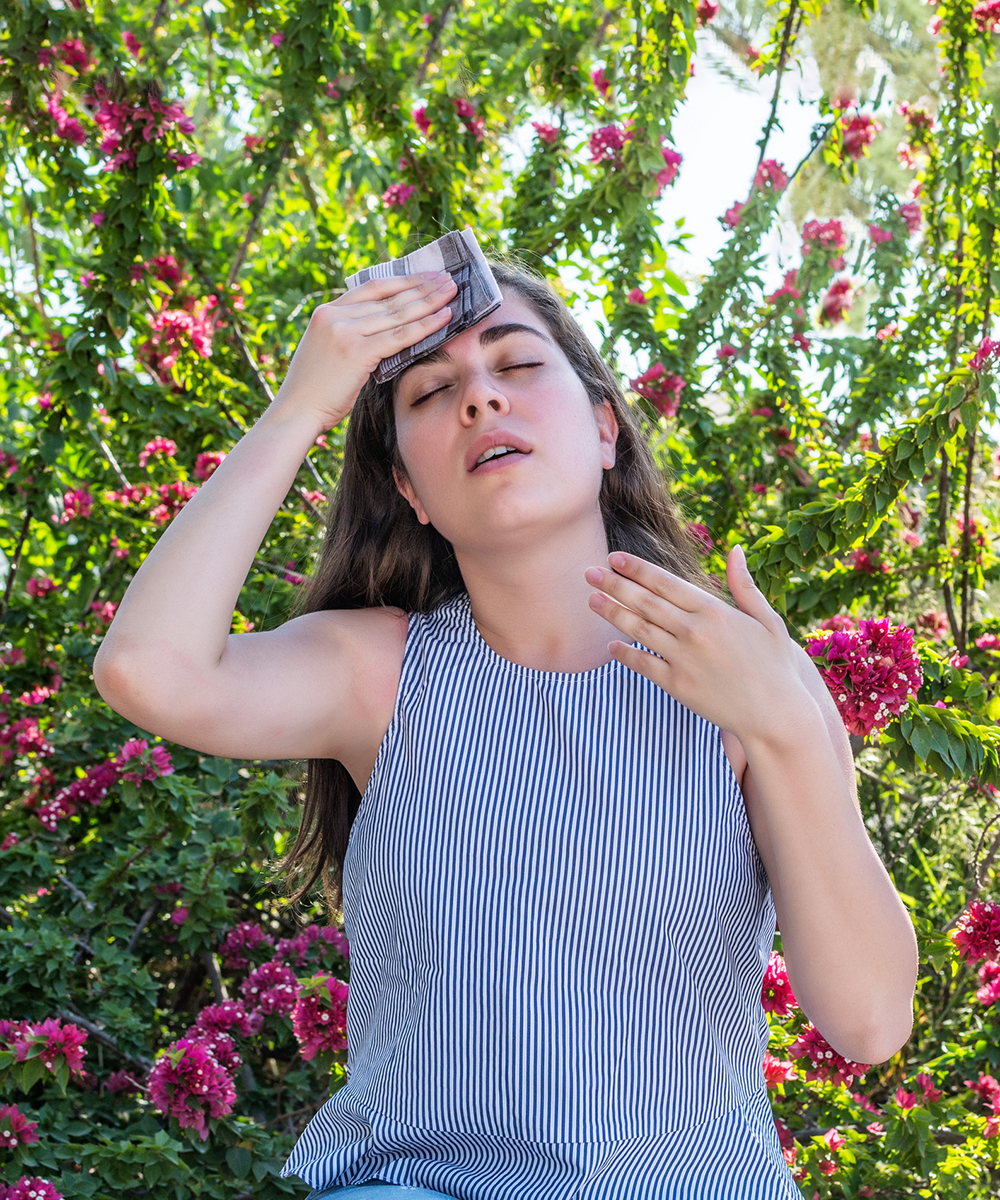
When to Seek Medical Attention
If you vomit, experience muscle spasms (especially in the arms, legs, or abdomen), delirium, or if your symptoms worsen or last longer than an hour.
While Awaiting Assistance, You Should:
Move to a cool place.
Position yourself in a horizontal position with elevated legs and hips.
Remove clothing.
Apply cold packs to the armpits, neck, and groin.
Continuously fan yourself.
Mist your skin with cool water.
Monitor your body temperature.
Note: Do not take Aspirin or Tylenol.
What Are the Signs of Heat Stroke in Children?
Sleepiness or confusion
Hot and dry skin, not cold and clammy
High fever or seizures
Approximately 50% of children experiencing heatstroke do not perspire, according to the American Academy of Pediatrics.
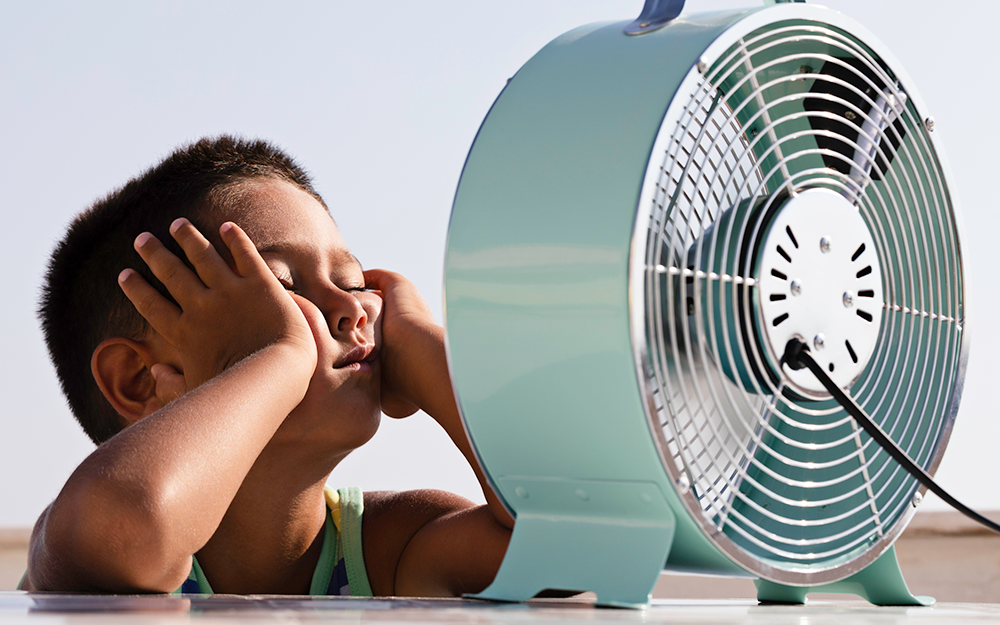
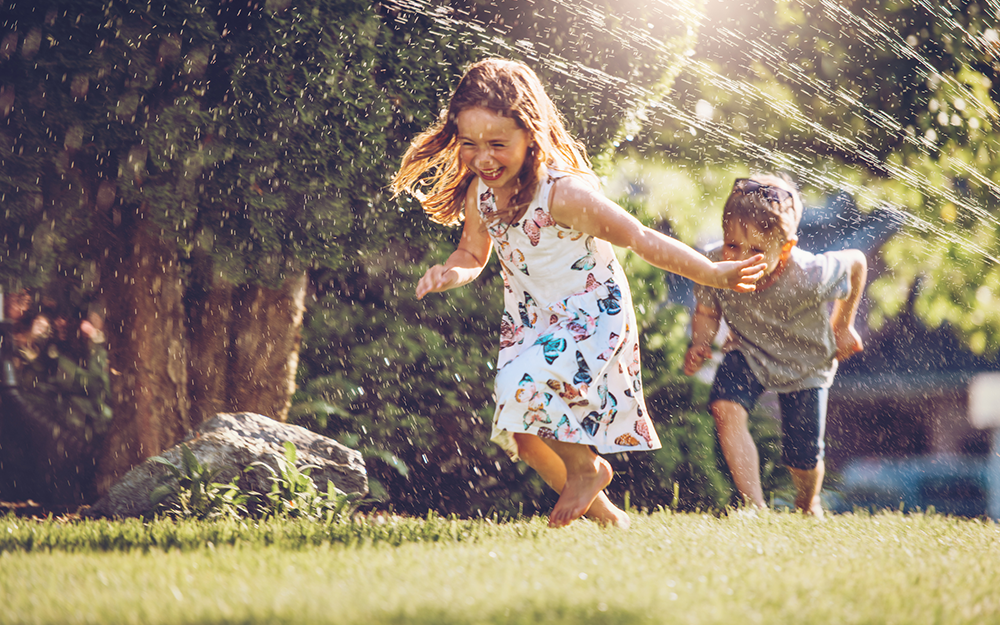
How to Keep Kids Safe from Heat Stroke
Dress them in lightweight, light-colored clothing, use sunscreen, and encourage hydration.
Plan cooling activities such as running through sprinklers or playing in a pool.
Limit outdoor play to 30 minutes and keep babies under 12 months out of direct sunlight.
Studies show that some people tend to eat less during hotter weather, which may be because metabolizing food demands energy that can raise the body’s temperature.
While not eating won’t help your health, avoiding foods that are harder to digest may help keep your body cool.
Thermogenic foods are harder to digest, meaning they create heat inside your body during digestion.
Protein is highly thermogenic, especially red meat. Whole grains, sweet potatoes, and spicy foods flavored with cayenne and ginger are also thermogenic.
However, according to Dr. Chris Minson, an exercise physiologist, your body temperature rises minorly with every meal, which should have minimal impact on most individuals who consume thermogenic foods.
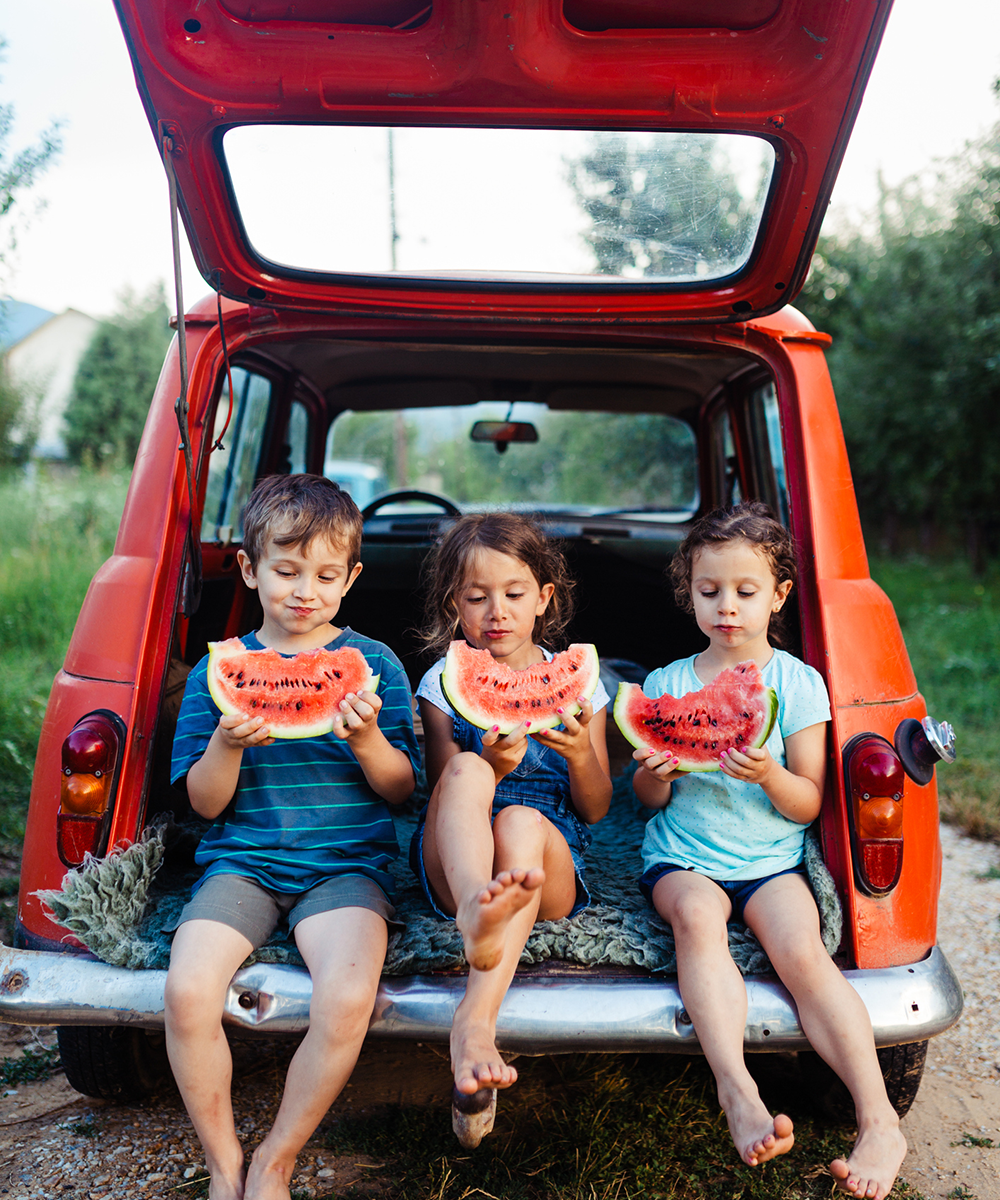

For individuals sensitive to caffeine, it's advisable to limit consumption of coffee and energy drinks during hot weather.
Similar to coffee, alcohol acts as a diuretic. Both are dehydrating because they cause water loss from the body.
The hydration levels of regular coffee drinkers may be unaffected by caffeine since their bodies are acclimated to caffeine.
Experts say that cold water is adequate for people exercising 30-90 minutes outside.
However, certain individuals such as laborers, construction workers, soldiers, and high-level athletes may require added electrolytes.
Plus, it's important to differentiate between energy drinks (often high in sugar and caffeine) and sports drinks (containing electrolytes). Most people can replenish salts through regular meals, says Dr. Minson.
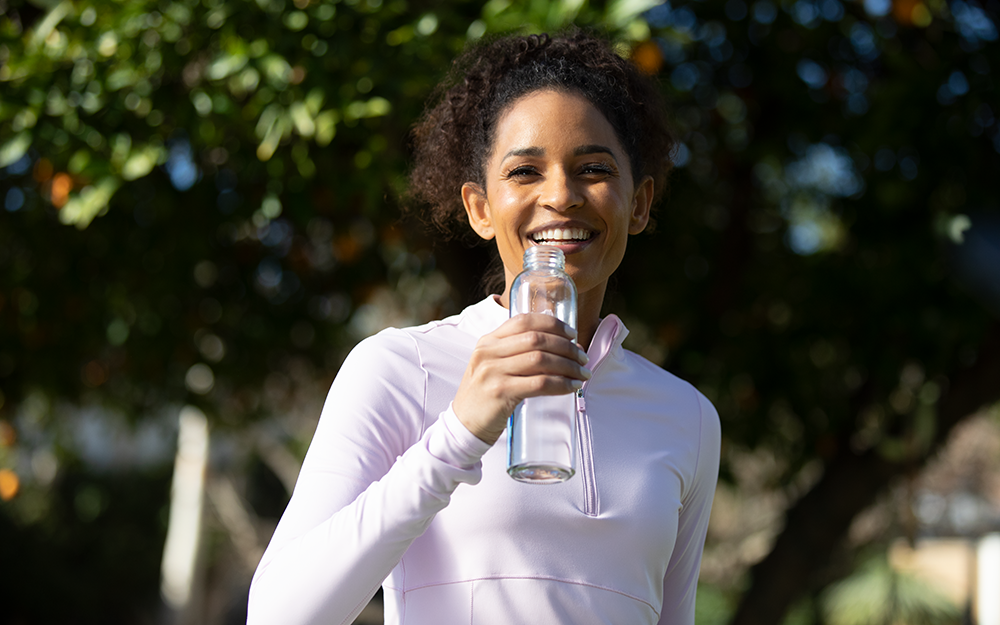
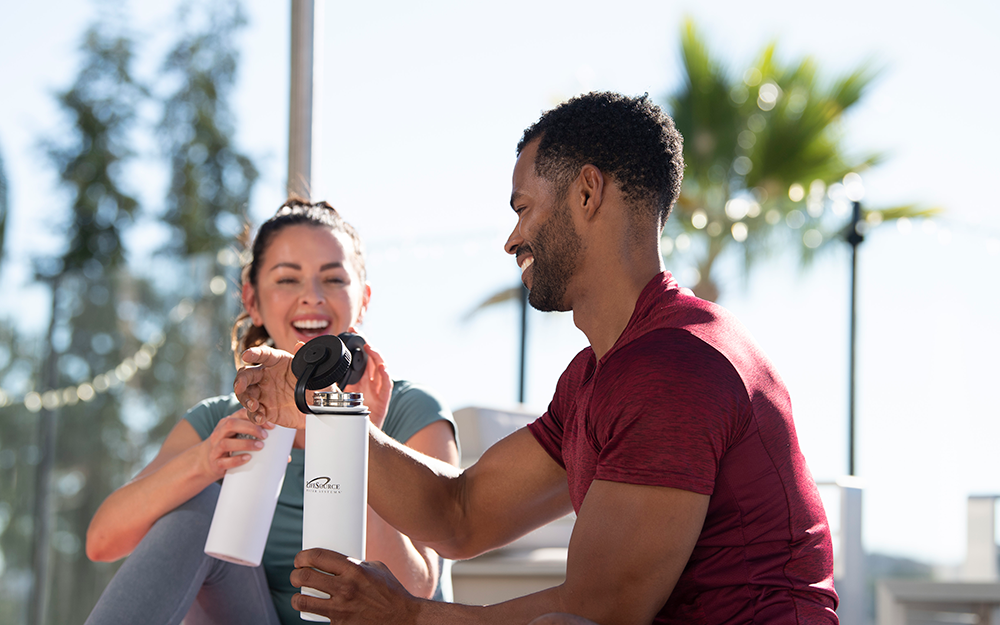
Avoid Extremely Cold Drinks
Avoid very cold drinks in extreme heat, as they may cause stomach cramps.
Drink BEFORE You Feel Thirsty
Drink fluids before feeling thirsty, as thirst indicates significant dehydration. People can pass out from dehydration even before they know they're dehydrated.
Instead of following the ‘8 glasses a day’ rule, Dr. Stavros Kavouras, professor of nutrition at Arizona State University, recommends monitoring urination frequency and color.
Healthy urination occurs every two to three hours and resembles the color of lemonade.
If urine looks like orange juice, it's a sign to increase water intake.
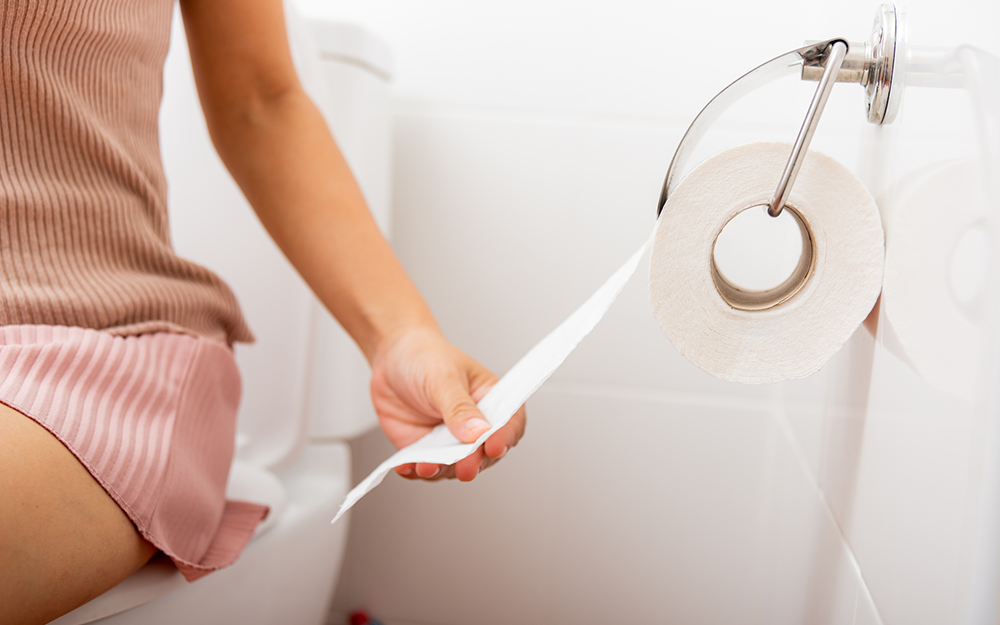
Additionally, staying hydrated before sleeping and during nighttime wake-ups is beneficial.
It’s also a good idea to drink water before sleeping, and make sure to drink water if you wake up in the middle of the night.
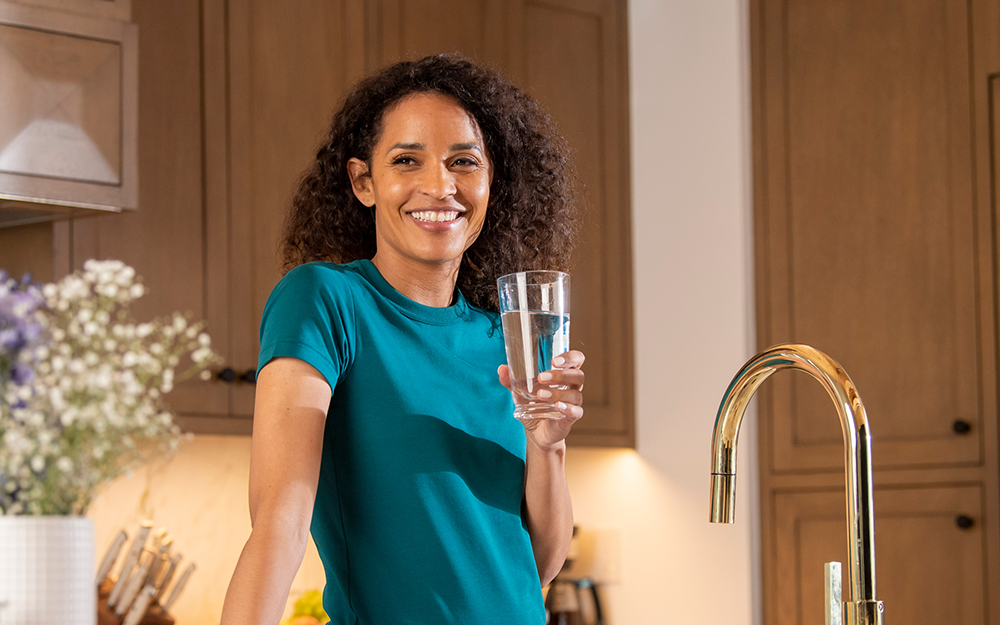
To make it easy to stay hydrated at home, get a whole house water filtration system, which lets you drink filtered water from every tap and faucet in your home. (And every shower, too, if that floats your boat.)
Plus, you can fill up your reusable water bottles when you’re on the go instead of making multiple trips to the grocery store. Say goodbye to plastic waste from bottled water.
Timing is Everything: Optimizing Your Fan Time
Use box fans and ceiling fans to promote air circulation. Aim some outside to push the hot air out and draw in cooler evening air.
Take advantage of the cooler evenings by opening all windows and maximizing air circulation.
As the sun rises, close all doors, windows, curtains, and blinds to keep the indoors cool for as long as possible.
When the outside air cools down in the evenings or at night, open the windows again and turn on the fans.
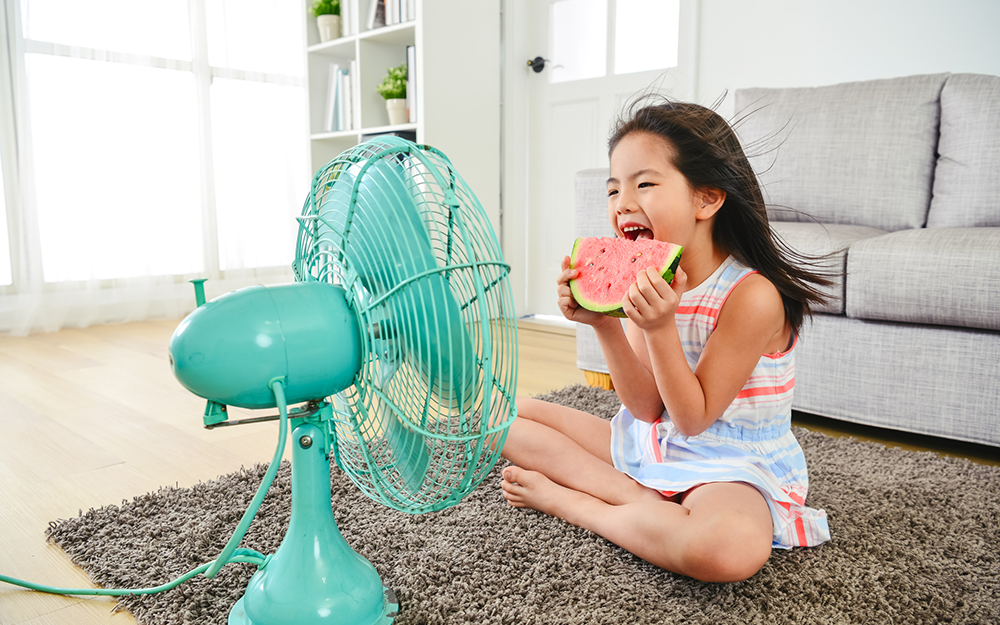
Head Downstairs
Remember, hot air rises! So, if you have multiple floors in your home, head downstairs to escape the midday heat. The ground floor or basement will be cooler compared to the upper stories.
Create a Homemade Air Conditioning System
Position yourself in the path of a box fan aimed at an open cooler or pan filled with ice. The fan will blow the cool air generated by the ice toward you, providing a refreshing breeze.
Visit Public Buildings with AC
If the heat becomes unbearable, seek relief in public buildings with air conditioning. Libraries, shopping malls, and movie theaters can offer a cool sanctuary to beat the heat.
Consider Your Diet
Opt for smaller, lighter meals that are not protein-rich. Large, protein-heavy meals increase metabolic heat and warm up your body, making you feel even hotter.
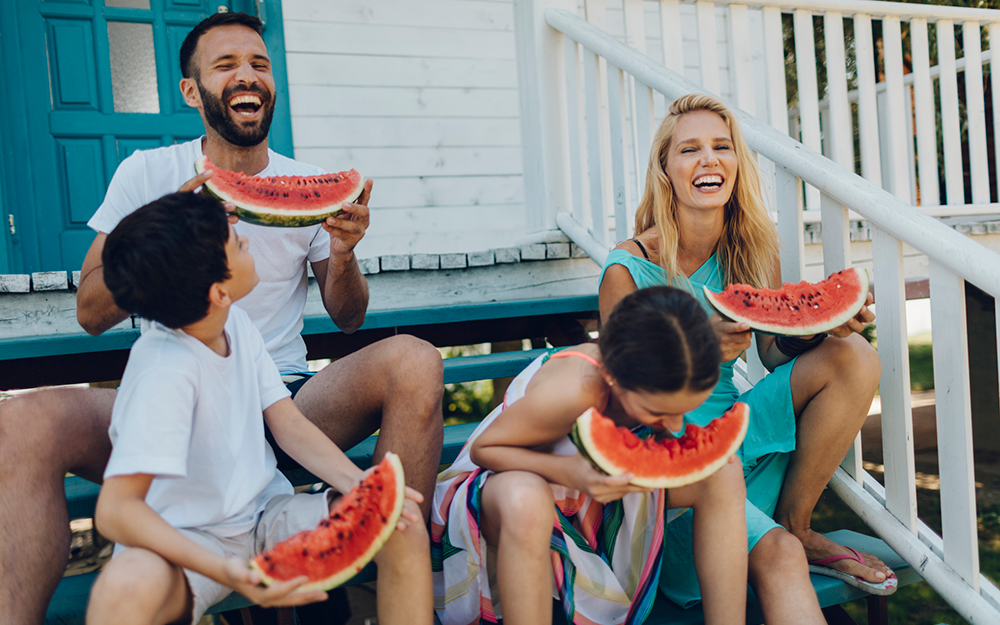
As temperatures soar during a heat wave, it is crucial to prioritize our well-being and take measures to stay hydrated and cool.
By recognizing the signs of heat-related illnesses, making smart choices about food and exercise, and maintaining proper hydration, we can navigate these challenging conditions with greater safety and comfort. Stay informed, stay cool, and stay hydrated during this heat wave.
Founded in 1984, LifeSource Water Systems manufactures and distributes eco-friendly water treatment products for residential, commercial, and industrial applications. We are a second-generation, family-owned and -operated company and treat all our employees and clients as family.
Based in Pasadena, Calif., our factory has operated in the U.S. since its founding. Our mission is to provide clean, healthy, great-tasting water to communities across North America.

